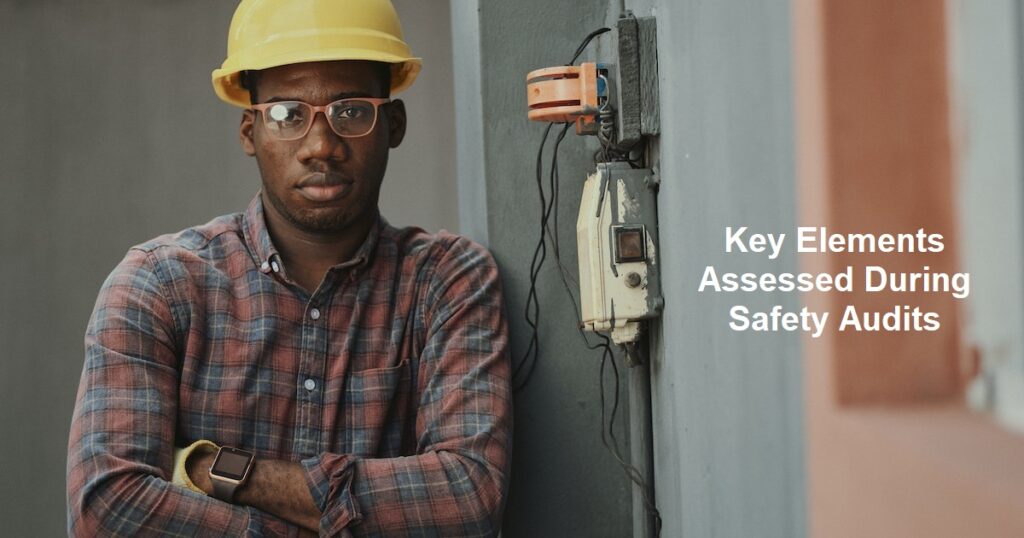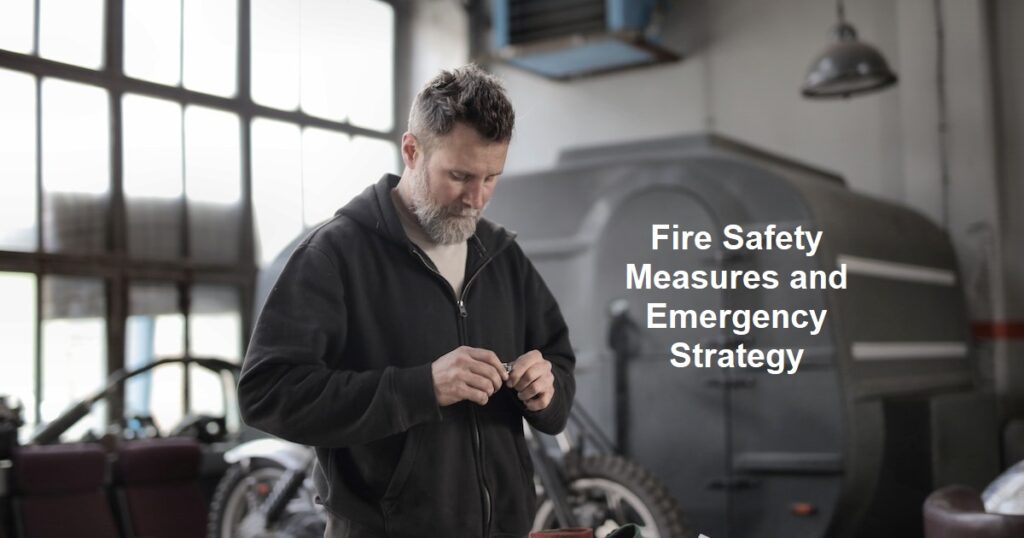At mechDNA, we understand the paramount importance of safety in the construction industry. Buildings, while essential for our society, can also pose significant risks during both the construction and operation phases. According to the Health and Safety Executive (HSE), approximately 4% of construction workers suffer from work-related illnesses annually, while 3% sustain work-related injuries. These unfortunate incidents result in the loss of roughly 2.2 million working days each year.
To mitigate these risks and ensure the well-being of all personnel involved, safety audits play a pivotal role. Safety audits involve a systematic evaluation of health and safety processes on construction sites, taking into account legislative requirements, industry best practices, and the contractor’s own health and safety management systems. By conducting regular safety audits, construction companies can showcase their proactive approach to safety, improve work practices, ensure compliance with regulations, and foster a culture of safety across their projects.
The Significance of Safety Audits in Project Management
Safety audits are an integral part of the project management process and can be conducted by in-house personnel or independent auditing bodies. These audits provide a comprehensive assessment of various aspects related to safety, enabling proactive measures to be taken to minimize risks and enhance overall project performance. By dedicating resources to safety audits, construction companies can demonstrate their commitment to ensuring a safe working environment for their employees.

Key Elements Assessed During Safety Audits
During safety audits, many factors are meticulously evaluated to ensure compliance with safety standards and best practices. The following are some of the critical elements that are assessed:
- Notices, Signage, and Visibility
Ensuring that notices and signage are appropriate, in place, and clearly visible is essential for communicating safety information to workers and visitors on site. By conducting safety audits, construction companies can ascertain that proper signage is present, helping prevent accidents and guide individuals to safety in emergencies. - Effective Separation of Zones and Activities
Efficient separation of zones and activities is crucial for maintaining a safe working environment. Safety audits assess whether adequate measures are in place to prevent potential clashes between different work areas, reducing the risk of accidents and promoting a smoother workflow. - Well-Demarcated Access Routes and Walkways
Clear demarcation of access routes and walkways is fundamental to ensure the safe movement of personnel, equipment, and materials on construction sites. Safety audits help identify any areas where demarcation may be lacking, allowing companies to rectify such issues promptly and enhance overall site safety. - Proper Containment of Hazardous Substances
Construction sites often involve the use of hazardous substances that need to be handled and contained with utmost care. Safety audits evaluate the effectiveness of containment measures, ensuring that proper protocols are followed to minimize the risk of exposure and protect the health of workers. - Comprehensive Health and Safety Plan
The presence of a well-defined health and safety plan is imperative to outline the procedures and protocols that need to be followed on construction sites. Safety audits verify the existence and implementation of such plans, confirming that they cover all necessary aspects and provide a solid framework for ensuring the well-being of everyone involved. - Availability of First Aid Equipment and First Aiders
In the event of an accident or injury, the availability of first aid equipment and trained first aiders is crucial for providing immediate medical assistance. Safety audits assess whether proper arrangements

Fire Safety Measures and Emergency Strategy
Fire safety is of utmost importance on construction sites, where the risk of fire incidents can have severe consequences. Safety audits play a vital role in assessing and enhancing fire safety measures, ensuring the well-being of workers and the protection of property. Here at mechDNA, we prioritize fire safety and aim to provide comprehensive solutions for construction projects.
Adequate Fire Detection and Alarm Systems:
Safety audits evaluate the presence and functionality of fire detection and alarm systems on construction sites. These systems include smoke detectors, heat sensors, and fire alarms strategically placed throughout the site. By conducting regular audits, we ensure that these systems are in place, well-maintained, and tested regularly to detect any potential fire hazards promptly.
Fire Suppression and Control Measures:
Efficient fire suppression and control measures are imperative to mitigate fire risks. Safety audits assess the availability and effectiveness of fire extinguishers, fire hose reels, and other firefighting equipment. These audits verify that the equipment is easily accessible, well-distributed across the site, and in proper working condition. Adequate training and knowledge sharing regarding fire suppression techniques are also crucial aspects evaluated during safety audits.
Evacuation Routes and Emergency Exits:
In the event of a fire, safe and well-marked evacuation routes and emergency exits are essential for a prompt and orderly evacuation. Safety audits scrutinize the design and implementation of evacuation routes, ensuring they are clearly demarcated, free from obstructions, and easily accessible to all workers. Additionally, audits assess the condition of emergency exits, verifying that they are unobstructed and functioning correctly.
Emergency Response and Communication:
Safety audits thoroughly evaluate the emergency response procedures and communication protocols in place on construction sites. These audits assess the effectiveness of emergency plans, including the designation of assembly points, communication methods to alert personnel in case of a fire, and coordination with local fire authorities. Regular drills and training sessions are also reviewed to ensure workers are well-prepared to respond swiftly and appropriately during emergencies.
Hot Work Permit Systems:
Hot work activities, such as welding or cutting, pose an increased risk of fire incidents. Safety audits examine the implementation of hot work permit systems, which regulate and control such activities. Audits verify that proper permits are obtained, fire-resistant barriers are in place, and necessary fire safety precautions are taken during hot work operations.
Electrical Safety:
Electrical malfunctions can also lead to fire hazards on construction sites. Safety audits include a thorough evaluation of electrical safety measures, such as proper installation, grounding, and insulation of electrical systems. Auditors also ensure that electrical equipment and wiring comply with safety standards and are regularly inspected and maintained.
By conducting comprehensive safety audits, we not only meet regulatory requirements but also foster a culture of safety, proactively addressing fire risks. At mechDNA, we strive to go beyond the minimum safety standards, providing our clients with the assurance that their projects prioritize the well-being of all workers and stakeholders.
